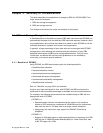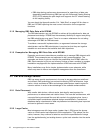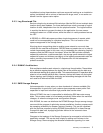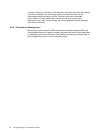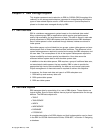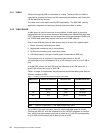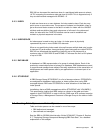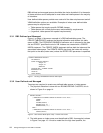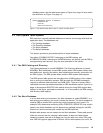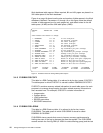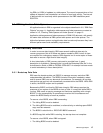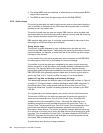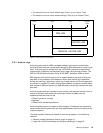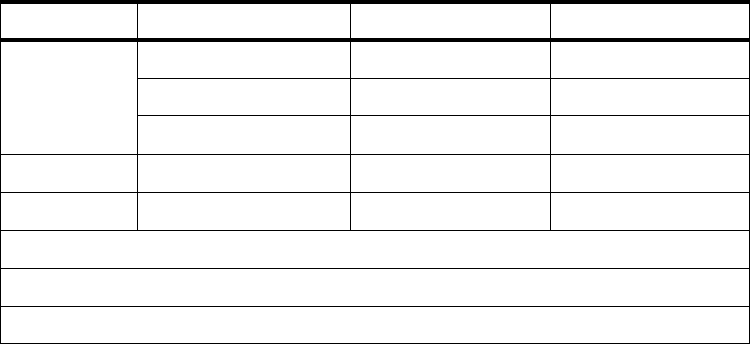
12 Storage Management with DB2 for OS/390
3.2.1 TABLE
All data managed by DB2 is associated to a table. The data within the table is
organized in columns and rows, and this represents the minimum unit of data that
can be identified by the user.
The table is the main object used by DB2 applications. The SQL DML used by
application programs and end users directly references data in tables.
3.2.2 TABLESPACE
A table space is used to store one or more tables. A table space is physically
implemented with one or more data sets. Table spaces are VSAM linear data sets
(LDS). Because table spaces can be larger than the largest possible VSAM data
set, a DB2 table space may require more than one VSAM data set.
One of three different types of table spaces may be chosen for a specific table:
1. Simple (normally containing one table)
2. Segmented (containing one or more tables)
3. Partitioned (containing one, often large, table)
4. LOB (large object, new type of table space introduced with DB2 V6).
The maximum size of simple and segmented table spaces is 64 GB,
corresponding to the concatenation of up to 32 data sets, each of up to 2 GB in
size.
A single LOB column can be 2 GB, and the collection of all LOB values for a
given LOB column can be up to 4000 TB.
Table 1 on page 12 summarizes the partition and partitioned table space sizes for
different versions of DB2.
Table 1. Summary of Partition and Partitioned Table Space Sizes
Up to DB2 V4 the total maximum size of a partitioned table space is 64 GB.
Starting with DB2 V5, with the introduction of the LARGE parameter at creation
time, partitioned table spaces may have a total size of 1,016 GB, corresponding
to up to 254 partitions each with a data set size of 4 GB.
DB2 Version Number of Partitions Maximum Size Total Maximum Size
V4* 1to16 4GB 64GB
17 to 32 2 GB 64 GB
33 to 64 1 GB 64 GB
V5** 254 4 GB 1,016 GB
V6*** 254 64 GB 16,256 GB
Note: * For a maximum total of 64 GB
Note: ** Requires LARGE parameter in CREATE TABLESPACE
Note: *** Requires DFSMS/MVS 1.5 and SMS-managed table space




